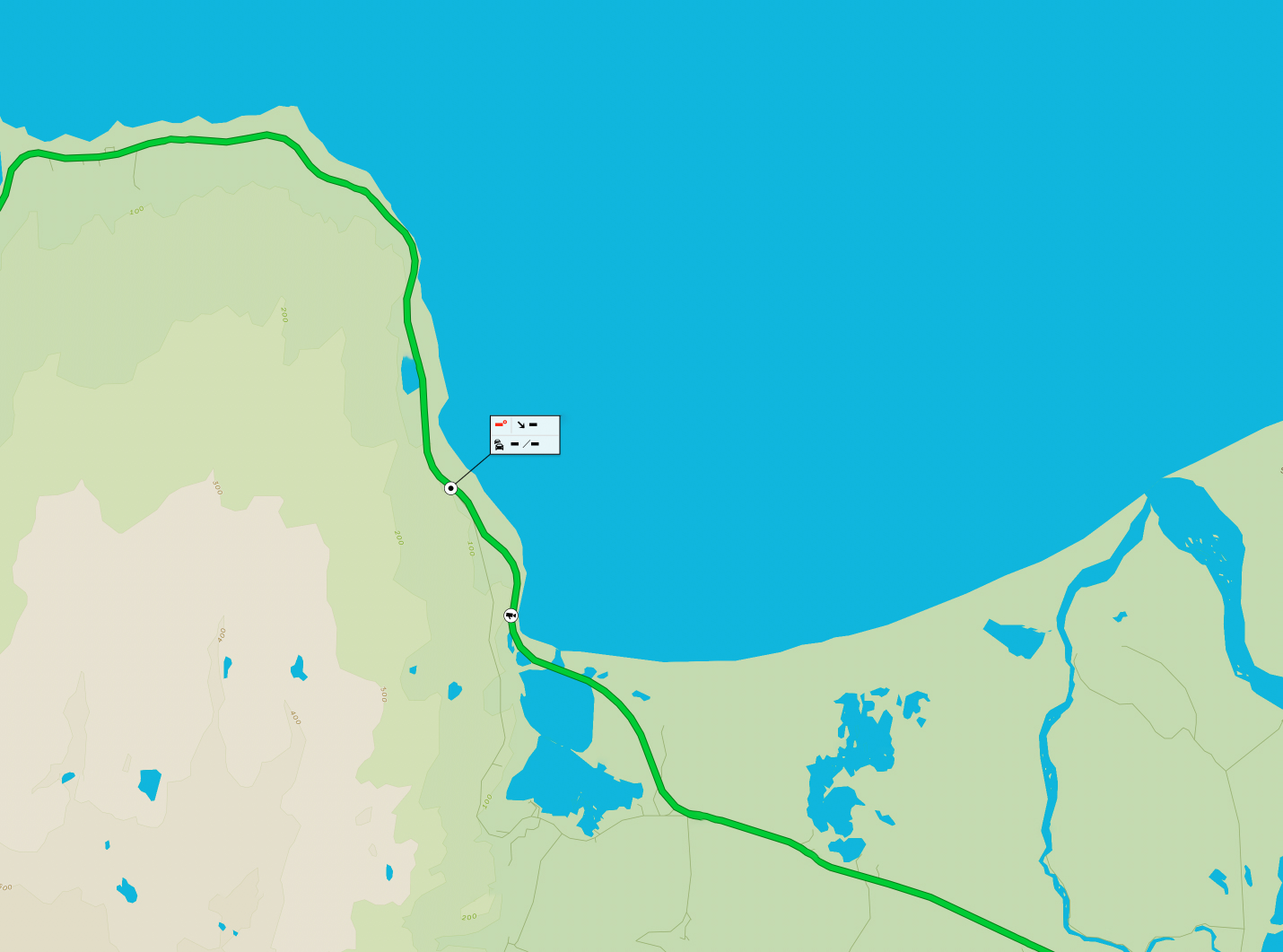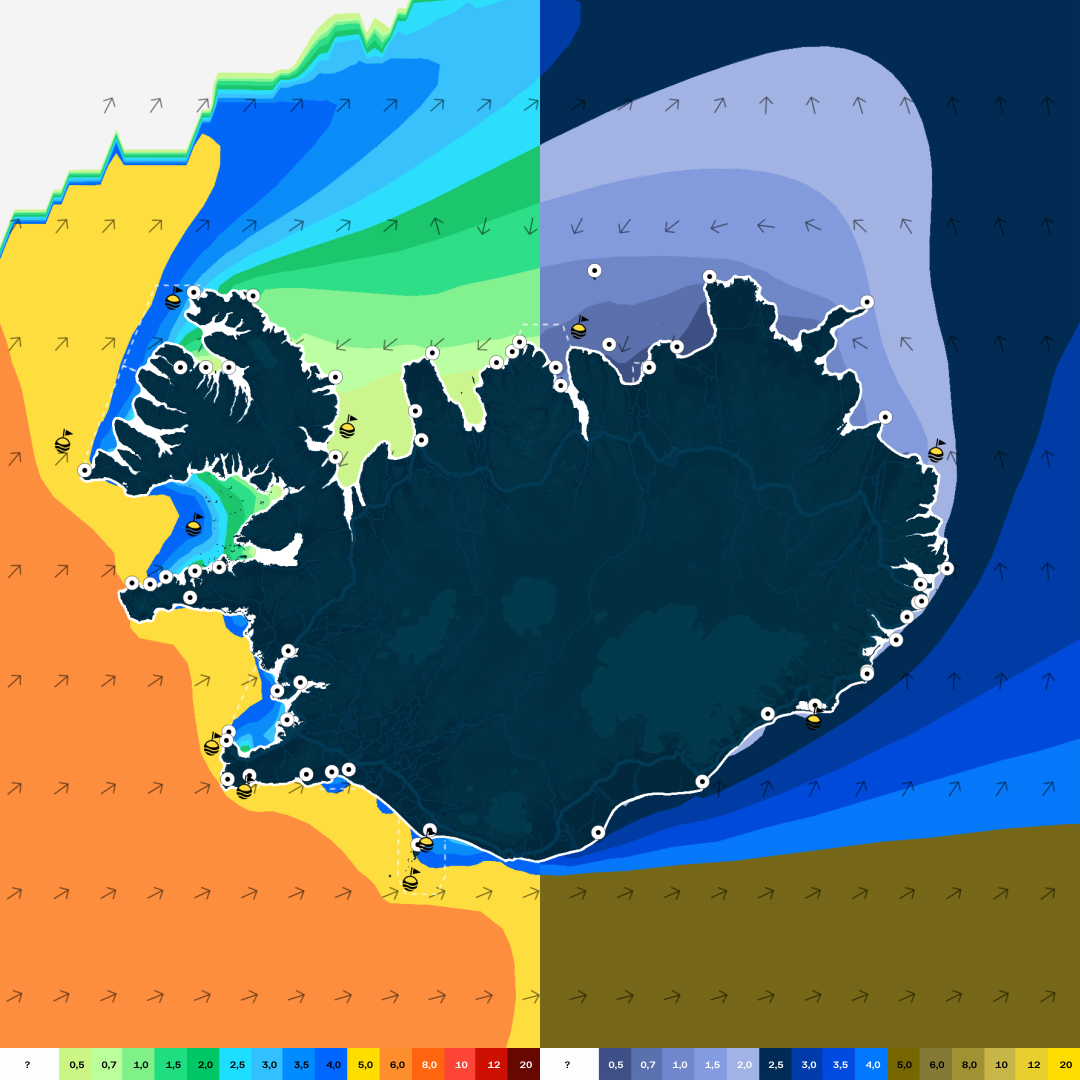PDF · ágúst 2013Núllsýn umferðaröryggis á Íslandi – Samantekt á ensku (ágúst 2013)
“Vision Zero” is a traffic safety policy whose aim is to reduce the number of fatal accidents to zero, so that there are no deaths as a consequence of traffic accidents in the near future. This vision was first used as a model when traffic law was introduced in Sweden in 1997, but the country has been among the leading countries with respect to traffic safety and is thus an exception. It was the first to pass a law incorporating Vision Zero, in 1997. Since then, both Finland and Norway have passed similar laws.
Vision Zero has the advantage of being explicit regarding the end result of traffic safety work. However, Vision Zero contains no specific and detailed procedures, over
and above what is contained in official traffic safety plans. Vision Zero has been the subject of considerable debate during the last decade, and has awakened the
interest of many people in further reducing the number of those seriously injured or killed in traffic accidents. Accordingly, several other countries have introduced traffic
safety policies that are in many ways similar to Vision Zero. Thus, for example, there is the "Safe System Approach", which contains well-defined traffic safety measures,
and also insists on the inclusion of a Vision Zero in official planning and decision processes.
Such a policy is also recommended here in Iceland. It would entail an official agreement to incorporate into the design of the road system, an explicit aim that no one would be in danger of serious injury or death in road traffic accidents, given, of course, that road users follow set rules. It is also important to improve speed
regulation on roads throughout the country, by regulating speed limits and increasing surveillance. The introduction of a Safe System is inevitably accompanied by some initial costs, especially here in Iceland, where the road system is long and incomplete. However, this can be remedied in stages.
Vision Zero as a mindset is not new and similar results have been obtained in the other sectors that have not formally claimed adoption of Vision Zero. This applies from aviation to the maritime environment and on land. Governmental bodies, muncipalities and companies can also adopt vision zero in their own name.
This work group proposes that Vision Zero be adopted in matters concerning road traffic in Iceland, and that objectives with a specific time frame be set up to work towards the Vision in a systematic way:
(i) On-going traffic safety work should be continued, with the goal of it becoming the chief objective in the communication sector; (ii) the surveillance system for traffic
safety should be strengthened and coordination and information exchange improved; (iii) an official committee should be set up to ensure the effective implementation of the Vision Zero and Safe System Approach. The planned committee should oversee the attainment of the different stages of the Vision and ensure the implementation of
important decisions. The adoption of Vision Zero entails official commitment, to a policy that no one will be seriously injured or die because of traffic accidents, given of course that the design of roads has been conducted to reasonable and safe standards and that road users obey certain rules. For that purpose, speed regulation has to be improved and appropriate speed limits imposed and safety duly observed by all parties.
Within Iceland, where the road system is long and by no means imperfect, the adoption of a safe traffic system will inevitably entail to some capital cost. However
the improvements can be completed in stages.













